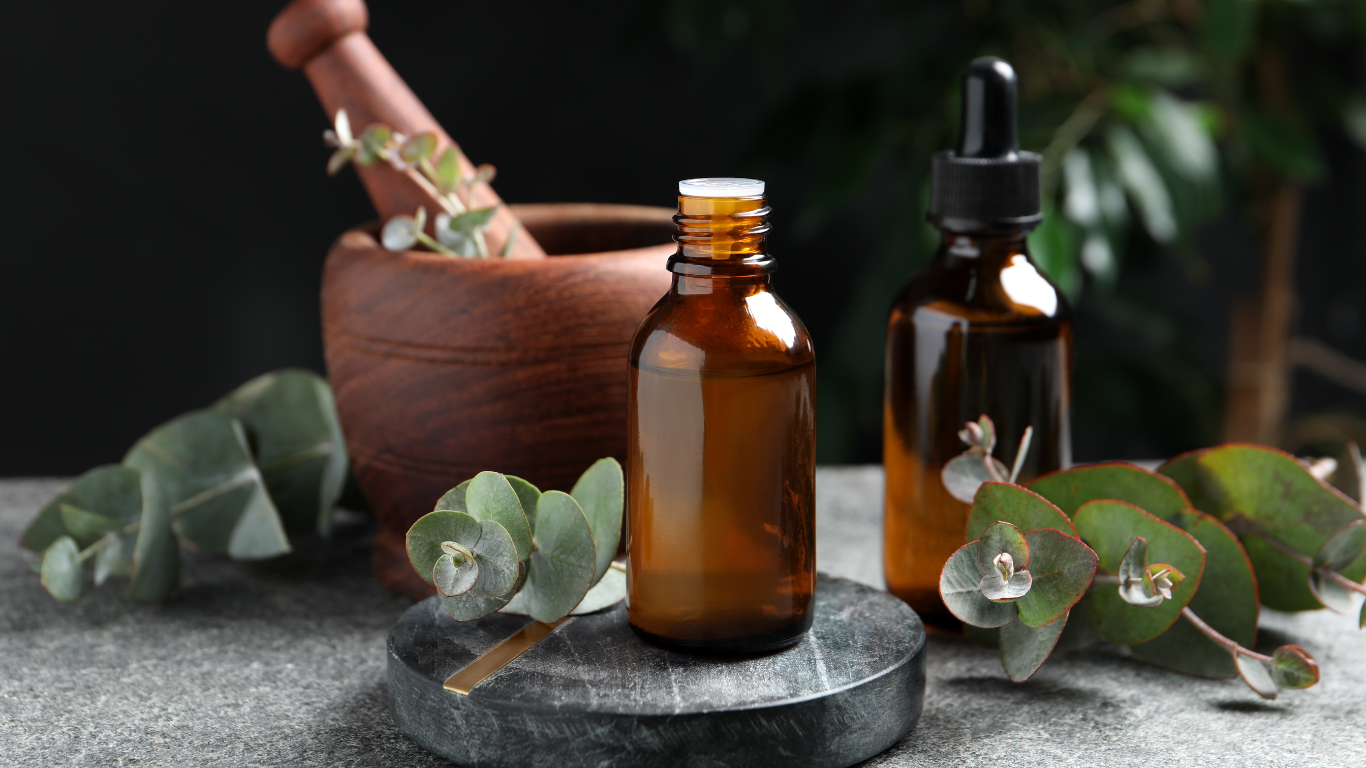Healing with essential oils is more than just a passing trend—it’s a transformative approach to taking control of your well-being. Why not elevate your self-care journey with a hands-on DIY project? By blending your own essential oils, you can tailor solutions for relaxation, energy, or mental clarity while unleashing your creativity. Let’s dive into the essentials of this empowering practice.
What Are Essential Oils?
Essential oils are highly concentrated plant extracts known for their therapeutic benefits. They are often used in aromatherapy and topical applications to promote relaxation, enhance focus, and support overall wellness. These aromatic oils are derived through distillation or cold pressing, capturing the natural essence of the plant.
Understanding the properties and appropriate uses of essential oils is fundamental to creating blends that are both safe and effective. With the right knowledge, you can unlock their full potential to address your wellness goals.
Your DIY Toolkit: What You’ll Need
- Essential Oils: Select oils aligned with your goals—lavender for calm, peppermint for energy, or eucalyptus for immunity.
- Carrier Oils: Dilute essential oils with options like coconut, jojoba, or sweet almond oil to ensure safe use and optimal absorption.
- Dark Glass Bottles: Protect your blends from sunlight to preserve their potency.
- Pipettes or Droppers: Measure precisely for balanced, effective blends.
- Labels and Notebook: Record your recipes to replicate successes and track your wellness journey.

Decoding Essential Oil Notes
Crafting a harmonious blend requires understanding the three scent notes:
- Top Notes: Light and uplifting, these oils (e.g., citrus, eucalyptus) fade quickly but offer an initial burst of freshness.
- Middle Notes: The “heart” of the blend, these oils (e.g., chamomile, rosemary) bring balance and tie the other notes together.
- Base Notes: Rich and grounding, base notes (e.g., sandalwood, patchouli) linger longest, anchoring your blend.
For a balanced aroma, aim for a mix that includes all three notes.
How to Create the Perfect Blend
Popular Blends by Goal
- Relaxation: Lavender (top), chamomile (middle), sandalwood (base)
- Energy Boost: Orange (top), tea tree (middle), ginger (base)
- Focus: Lemon (top), rosemary (middle), frankincense (base)
The 30-50-20 Rule
For a harmonious blend, follow this ratio:
- 30% Top Notes
- 50% Middle Notes
- 20% Base Notes
Example: In a 10-drop blend, use 3 drops of lavender, 5 of chamomile, and 2 of sandalwood.
Diluting and Storing Your Creations
- Dilution: Mix 6-9 drops of essential oils with a carrier oil in a 10ml bottle (a 2-3% dilution).
- Combine: Transfer to a dark glass bottle, shake gently, and label with the blend’s name and date.
- Storage: Keep your blends in a cool, dark place to maintain their potency.
Quick Tips for Successful Blending
- Start Small: Test small batches before committing to larger quantities.
- Blend and Rest: Let your blend sit for 24-48 hours to fully develop its scent.
- Balance Strong Scents: Use intense oils sparingly to avoid overpowering your mix.
- Patch Test: Always test new blends on a small area of skin to check for sensitivities.
Empower Your Wellness
Get your creative juices flowing! Crafting your own essential oil blends is a fun, and rewarding way to take control of your health and well-being. Each blend you make becomes a personalized tool for managing stress, boosting energy, or enhancing focus.
As you experiment and refine your recipes, you’ll uncover new layers of self-care and discover which scents resonate most with you. Embrace the process, trust your instincts, and enjoy the journey of crafting blends that support your daily life. Happy blending!



Share:
10 Uses Carrier Oils in DIY Skincare & Cosmetics